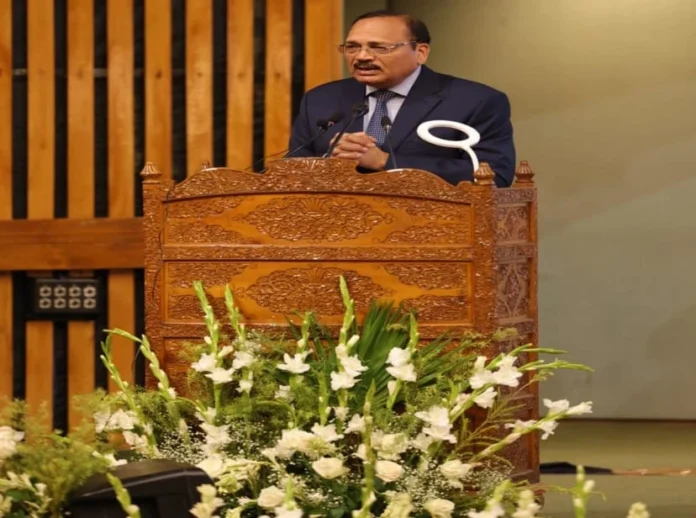Justice Surya Kant has emphasised that mediation is not merely an ancillary tool in the justice delivery system but a transformative process that restores dignity and compassion to dispute resolution. Speaking at a recent programme devoted to the promotion of mediation, he described the practice as a mechanism that “subtracts bitterness, divides burdens, and adds hope to broken human relationships.”
The Supreme Court judge reflected on the adversarial nature of litigation, noting that conventional court proceedings, while essential for enforcing legal rights, often intensify hostility between parties. Prolonged trials, mounting expenses, and the stress of cross-examination can leave litigants emotionally drained and estranged. In contrast, mediation allows disputants to participate directly in shaping an outcome, promoting ownership of the solution rather than leaving the decision entirely to a judge.
Justice Kant underscored that mediation is uniquely suited to cases where human relationships are at stake such as family disputes, neighbourhood conflicts, and community disagreements since it can preserve bonds that adversarial litigation often severs. He also reminded the legal fraternity that the idea of mediation is deeply embedded in India’s cultural traditions, where respected elders and community leaders historically resolved conflicts by dialogue, compromise, and reconciliation.
Calling upon lawyers, judges, and mediators to work together in strengthening mediation centres and raising public awareness, he stressed that the system requires not just institutional support but also cultural acceptance. He noted that when disputes are resolved amicably, both sides emerge with their self-respect intact, unlike in adversarial litigation where one side inevitably feels defeated.
Justice Kant further highlighted that mediation reduces the burden on courts, enabling them to focus on complex cases that demand judicial adjudication. More importantly, it brings swifter relief to litigants, saving them years of anxiety and financial strain. He observed that in a society aspiring for both economic progress and social harmony, mediation has the potential to become a cornerstone of accessible justice.
Justice Surya Kant, by portraying mediation as a process of healing rather than confrontation, sought to reframe the conversation around dispute resolution: not as a mere legal alternative, but as an instrument of human compassion, capable of bridging divides, easing burdens, and restoring hope.


